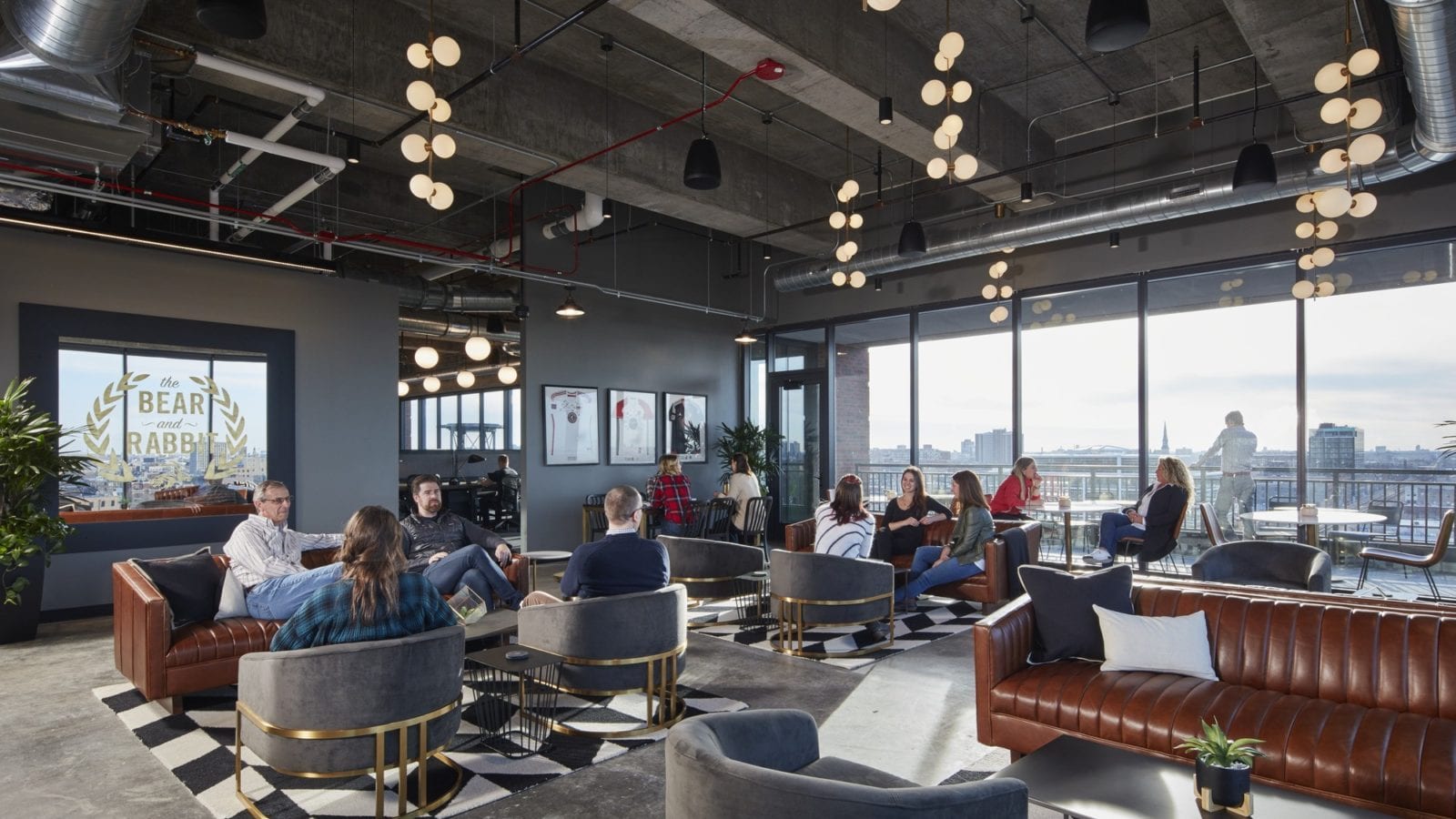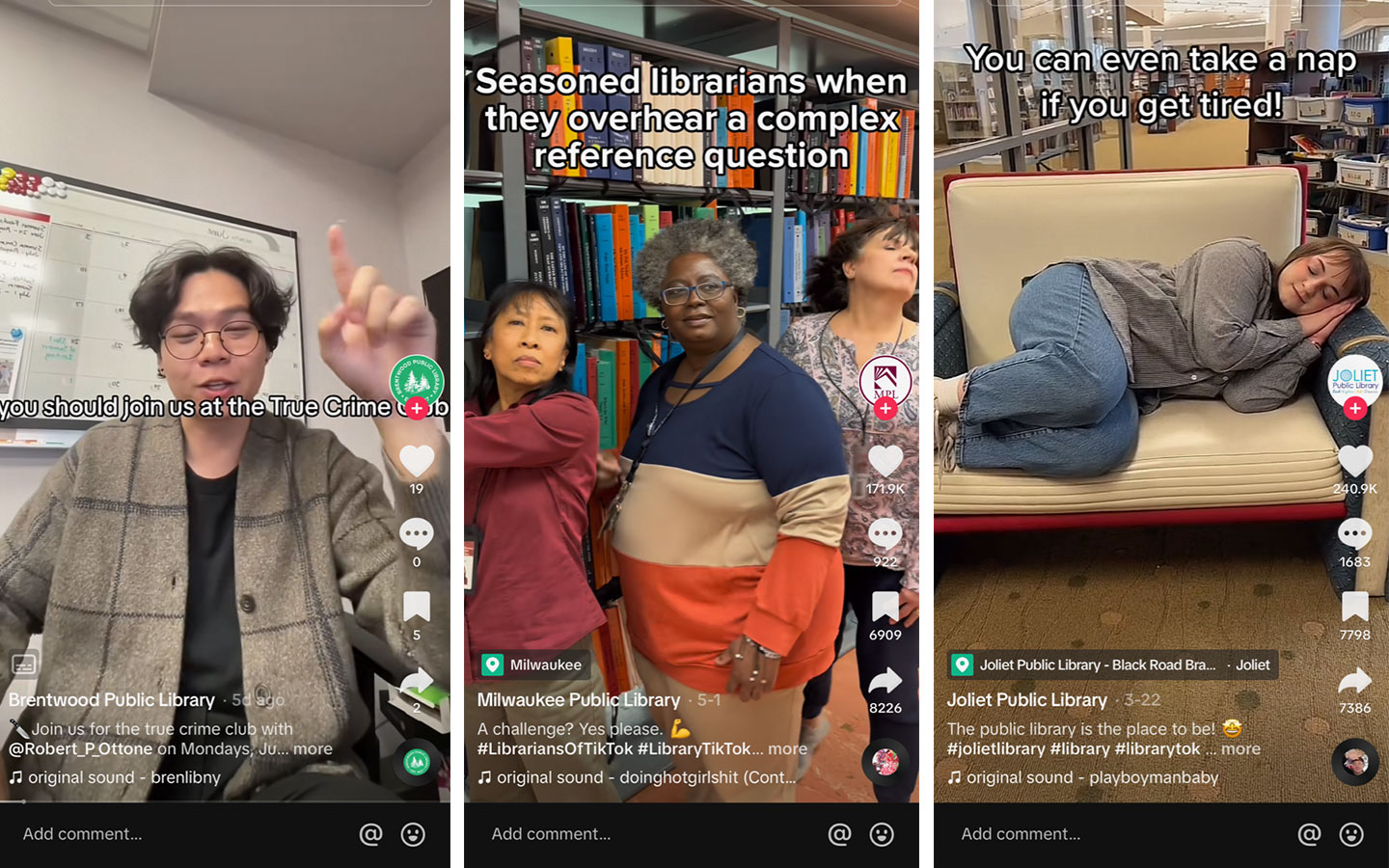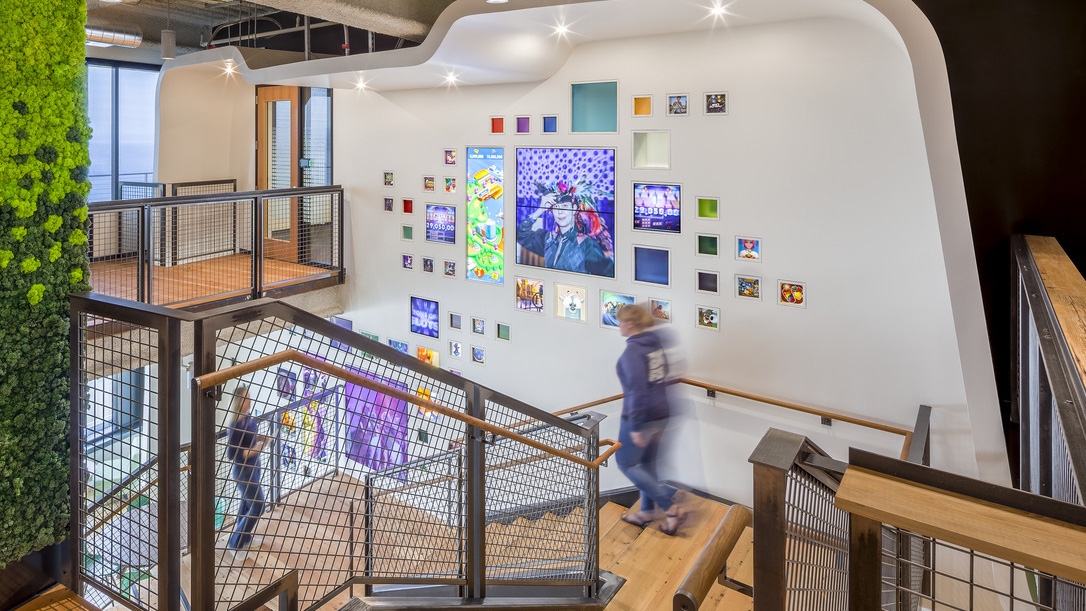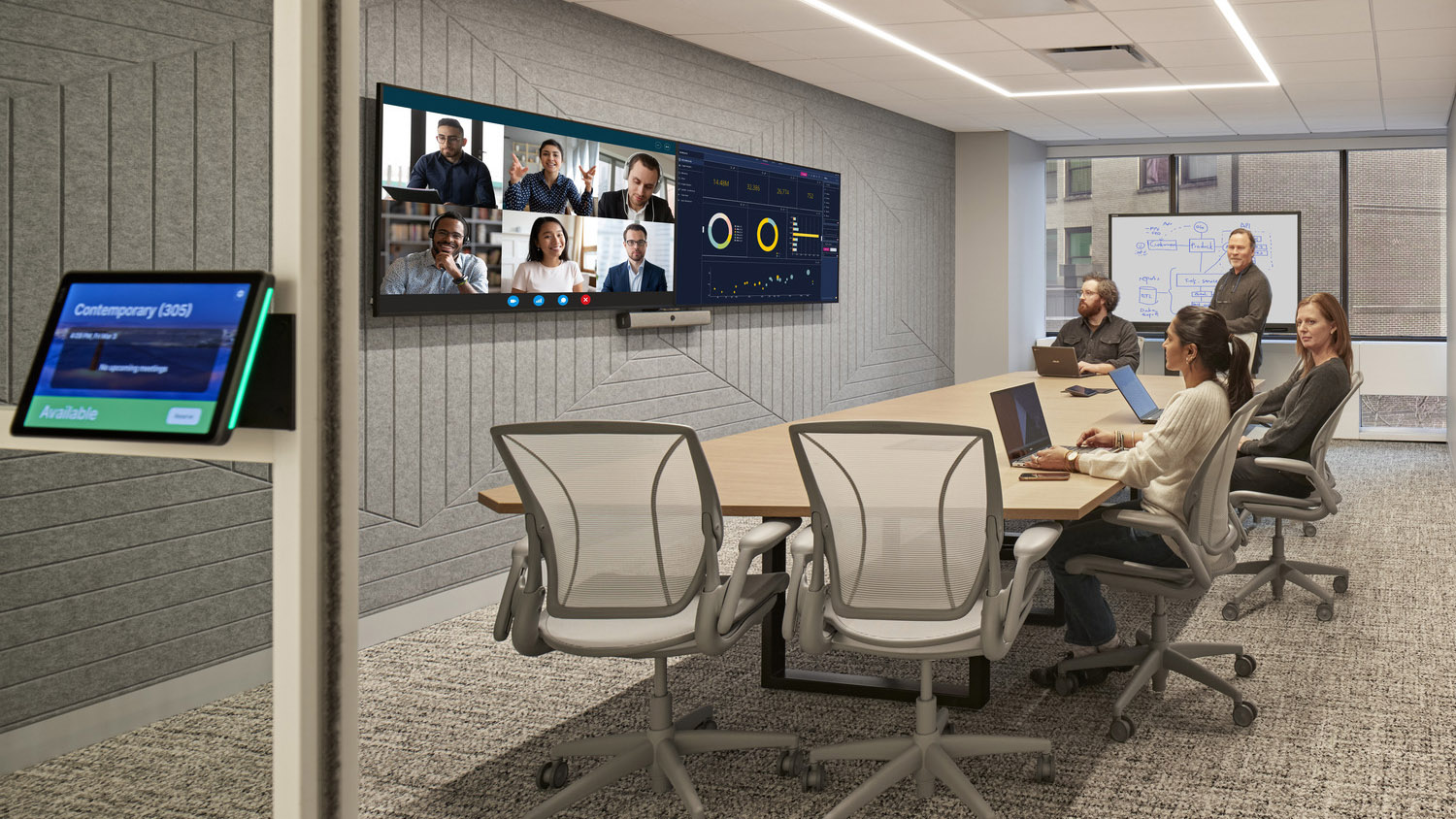By Jordan Jones
Have you ever stopped to think about the importance of space in cultivating community? Would our relationships continue without space creating an opportunity for them to flourish? Communities come together in physical space all around us in the rituals and routines of day-to-day life. We are neighbourly with locals we pass on our street, attend lectures at school, play on sports teams, gather for events, and show up for work, all dependent on a structure of time and physical space to bring people together. I am sure many of us acknowledge that at some point in our life a strong relationship became weaker without the reliance of space in place to keep that connection alive, be it an ex-colleague or childhood friend. Some communities have managed to overcome the dependence on space and continue to live on outside of defined geographical boundaries. Just look at all those WhatsApp notifications from the alumni group you have been ignoring.
Spatial communities have been around for centuries and have played a crucial role in shaping human society, government buildings, religious institutions and even shopping centres. They offer a sense of belonging, immersion, and provide opportunities for socialization, interaction, and broadening relationships with others who share similar experiences. However, with the rise of the internet and social media, the boundaries of spatial communities have become less rigid. People can now form virtual communities that transcend geographic barriers, widening our sphere of connections. These communities are known as transpatial communities.
Transpatial communities are those that are not bound by physical space. They are formed online, defined by shared interests, beliefs, or values. They could center around a topic such as a discussion board for first time mothers or putting on your best athletic attire for an online Zwift cycle. Maybe you are following a hashtag on Instagram about baking or joining forces with someone across the world on PlayStation to take down that boss level you have been stuck on for months. Transpatial communities can often become spatial too, starting out online as a way to coordinate and organize efforts that will unfold in physical space. But the essence of a transpatial community is that the shared connection with others transcends space, with no reliance on physicality.
One of the key advantages of transpatial communities is their ability to bring people together from all over the world. This has led to the formation of global communities that can have a significant impact on society. For example, during the Black Lives Matter movement calling for racial justice and an end to police brutality in 2020, transpatial communities played a key role in amplifying the voices of those demanding change and helped to mobilize a global movement that continues to push for reforms and greater social justice today. This demonstrates the power of transpatial communities in bringing people together around common goals and values to facilitate meaningful change and progress.
However, there are also potential drawbacks to transpatial communities. For example, they can sometimes lead to the formation of echo chambers, where people only interact with others who share their beliefs and values. This can create an environment where people are not exposed to different perspectives, which can be problematic in terms of promoting critical thinking, healthy debate, and the development of solutions.
You might have experienced echo chambers at work during the pandemic, where your strong ties got stronger and your weak, weaker as transactional interactions became more common and the majority of the white-collar workforce became fully dependant on transpatial connectivity. It became apparent that our workplaces provide a melting pot of diverse interaction and spontaneity outside of our echo chamber, since typically a collective conscious emerges from overhearing and intuiting from one another that is harder to gauge in transpatial communities. The physical workplace not only helps to build cultural cohesion and improve opportunities for innovation because of greater access to diverse thinkers, but also better supports learning by osmosis, while helping to combat loneliness that can emerge from prolonged periods of isolation.
Many organizations are now in a transitional period trying to strike a balance between supporting both spatial and transpatial communities or what the industry refers to as hybrid, and I think it is safe to say that is challenging. It is challenging because of the uncertainty around what to plan and design for, how to maintain a level playing field for all, and new ways of managing and engaging. There is also a natural hesitance that comes with any change where there is a worry around failure. Failure is a made-up societal construct created to measure and compare based on a beginning and an end. But learning is life-long, so my advice would be to try something, learn from it, make adjustments, and try again as an iterative cycle. Be transparent with the people impacted, engage, involve, and communicate so everyone comes along for the journey.
Thought starters for designing at the intersection between spatial and transpatial communities:
How are spatial and transpatial communities represented in real-time (or near-time) both physically and digitally? Perhaps there is an experiential design component that comes to life when remote colleagues come online.
Can everyone be seen, heard, and have the tools to express themselves when connected? Are meeting rooms and collaboration spaces setup for equitable interaction with hybrid teams? Think a modern take on teleconference rooms.
Are there any moments when everyone should be spatial or transpatial? The value from being together at all-hands townhalls comes from the interactions between people that takes place before and after the meeting.
How do we ensure diverse thinking within echo chambers that are inherent within transpatial communities? Are there any amenities or choreographed events that would bring people together in a seemingly unstructured and natural way.
Both spatial and transpatial communities have their advantages and drawbacks, and finding a balance between them is a challenge, particularly when they co-exist at the same time in a hybrid model. However, it is important to recognize the role of physical space in cultivating relationships and fostering a sense of belonging, immersion, and socialization. At the same time, transpatial communities offer opportunities for widening access to talent, supplementing an organization’s equity, diversity, and inclusion strategy, whilst bringing people together around common goals and values.
To summarize, spatial communities have played a crucial role in shaping human society, offering a sense of belonging and socialization. Transpatial communities are formed outside of geographic boundaries, often online, defined by shared interests or beliefs and have the advantage of bringing people together globally. However, they can lead to echo chambers, and workplaces play a significant role in striking a balance between spatial and transpatial communities. To design a bridge between the two, leaders should consider how both communities are represented physically and digitally, how they can influence each other, when to be spatial or transpatial, and how to include diverse thinking within echo chambers. And if you would like to discover more emerging ideas for the workplace then I recommend dipping into What if the workplace was no longer a workplace?






